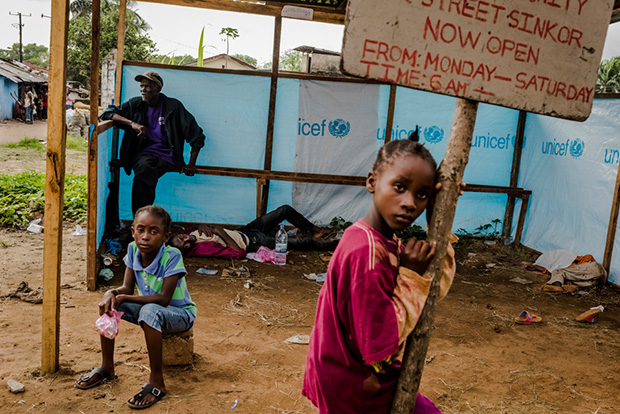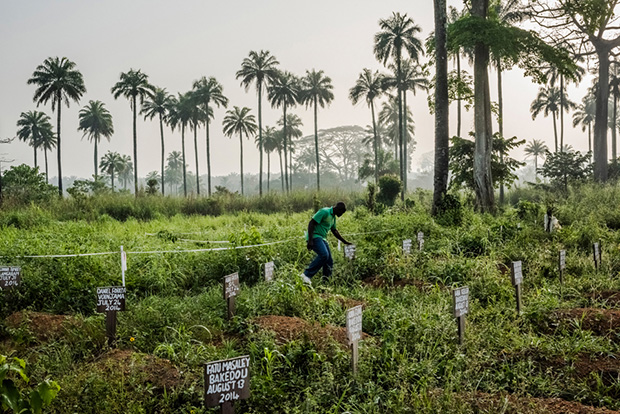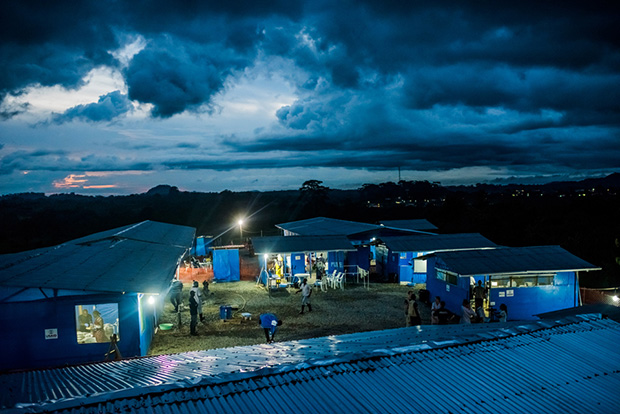Australian photojournalist Daniel Berehulak has received a Pulitzer Prize award for his work documenting West Africa’s ebola epidemic.
Australian Getty Images photojournalist Daniel Berehulak has been awarded the Pulitzer Prize in the Feature Photography category at the 99th annual Pulitzer Prizes in Journalism, Letters, Drama and Music.
The award-winning Australian photojournalist has been recognised for his ground-breaking body of work covering the ebola epidemic for The New York Times newspaper, which was captured over a period of 14 weeks. Berehulak spent time in rural and urban areas of West Africa and his imagery documents the difficult, heart-breaking work carried out by aid workers and the local communities, as well as compelling images of Ebola survivors and their families.
Getty Images co-founder and CEO Jonathan Klein said, "We are delighted and enormously proud that Daniel Berehulak has been awarded a Pulitzer Prize for his extraordinary coverage of the human toll, courage and hope of the Ebola outbreak in West Africa. Since Daniel’s earliest days at Getty Images, more than 10 years ago, he has developed his extraordinary artistic eye to communicate tough, critical stories with sensitivity and deep humanity – and become one of best storytellers of our time."
Currently based between Barcelona and New Delhi, Berehulak began his career working in sport photography with Getty Images, before shifting his focus to world news, social issues and politics. The Australian started with Getty Images in 2002 in Sydney, shooting mainly sport, and from 2005 to 2009 he was based in London as a Getty Images staff news photographer.
Berehaluk then relocated to New Delhi to cover the Indian subcontinent, with a focus on the social and political instability of Pakistan and its neighbours. In July 2013 Berehulak moved from staff to Getty Images Reportage as a key represented photographer to focus on a combination of long-term personal projects, breaking news and client assignments. He was nominated for a Pulitzer Prize in 2011 for his work documenting the floods in Pakistan.
Last February he was awarded the prestigious Photographer of the Year award for his body of work covering the ebola epidemic.

Esther Doryen, aged five, is carried to an ambulance in Monrovia. She died a week later. Daniel Berehulak/The New York Times.

People with ebola symptoms, or who have family members showing such symptoms, wait to be admitted to the JFK ebola treatment centre in Monrovia. For the victim at far right it was too late. Daniel Berehulak/The New York Times.

Joseph Gbembo leans over the grave of his mother Sia at the cemetery in Foya, Liberia, where four members of his family who died in the epidemic lie. Daniel Berehulak/The New York Times.

Health workers putting in long hours, at sunset, in the high-risk wards at the Bong County Ebola Treatment Unit in Suakoko, Liberia. Daniel Berehulak/The New York Times.






